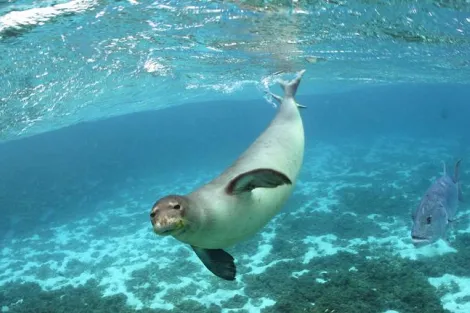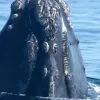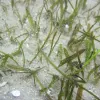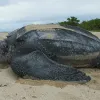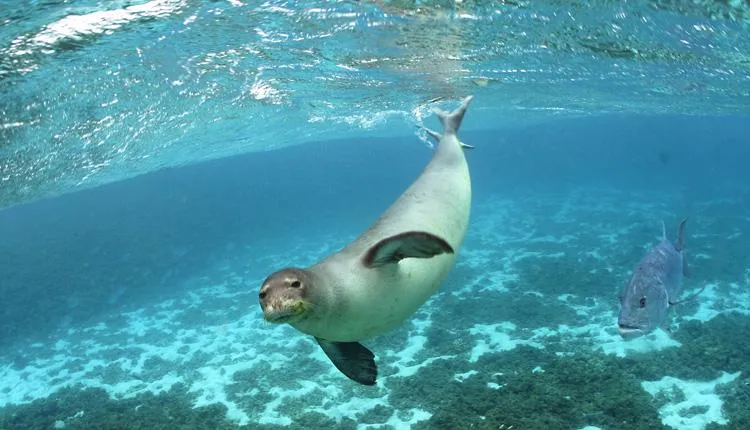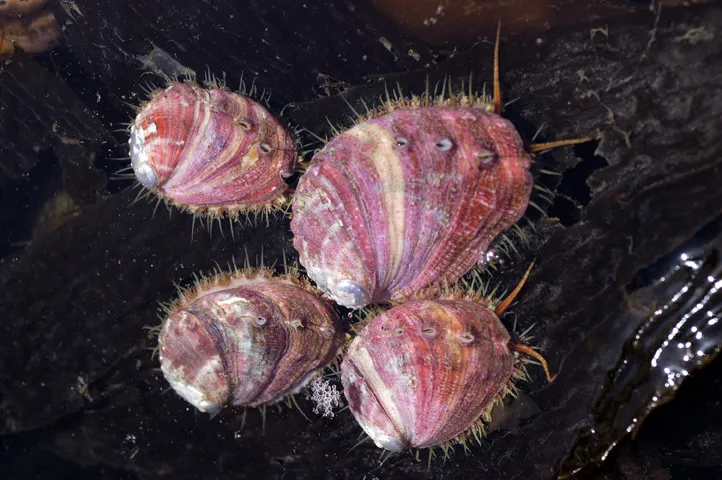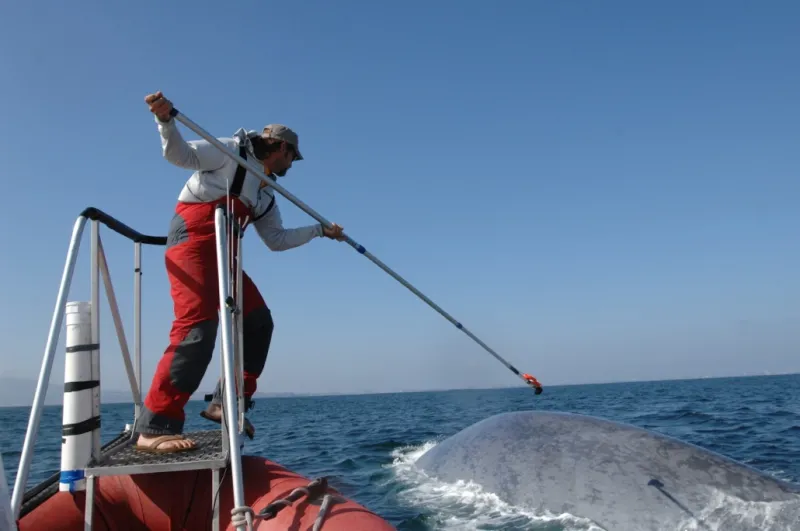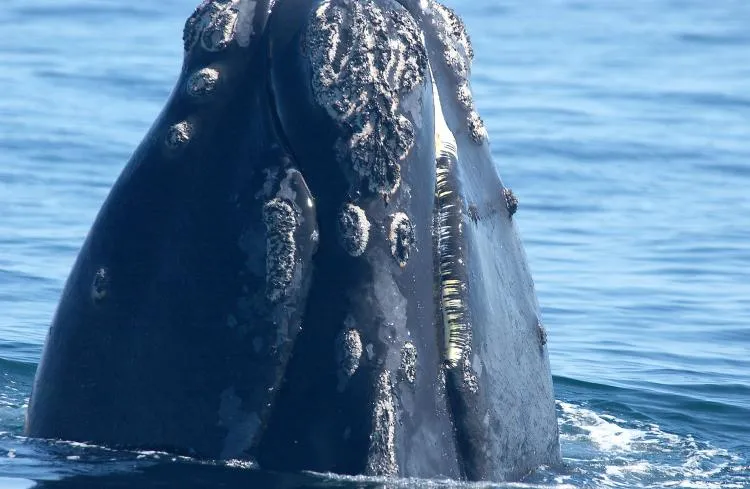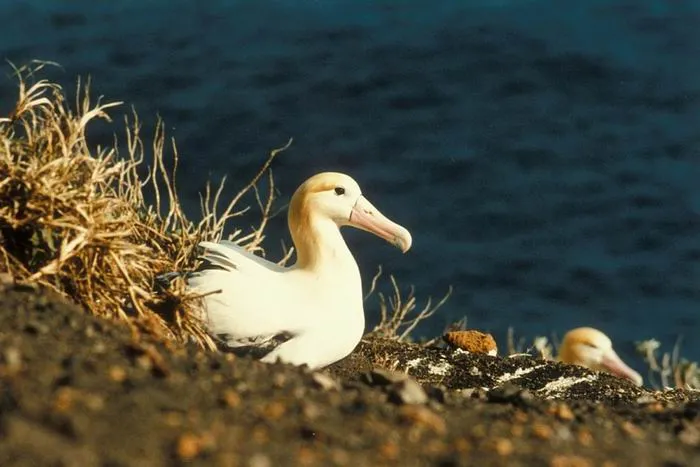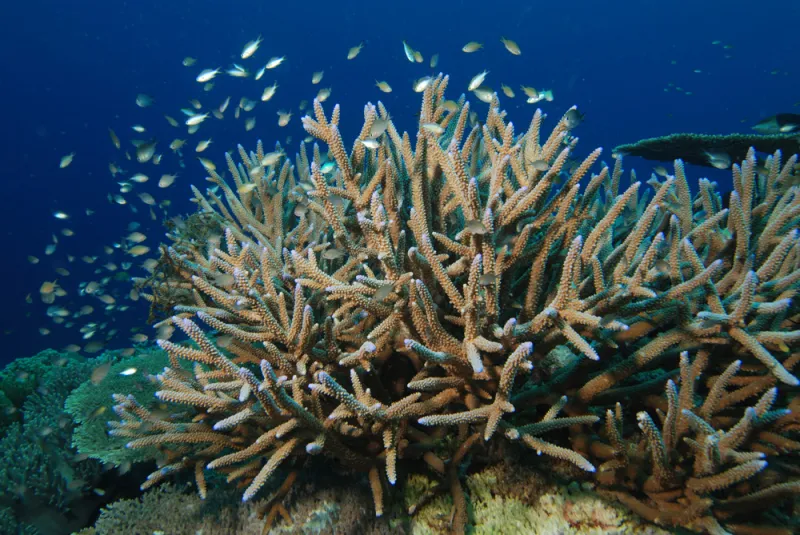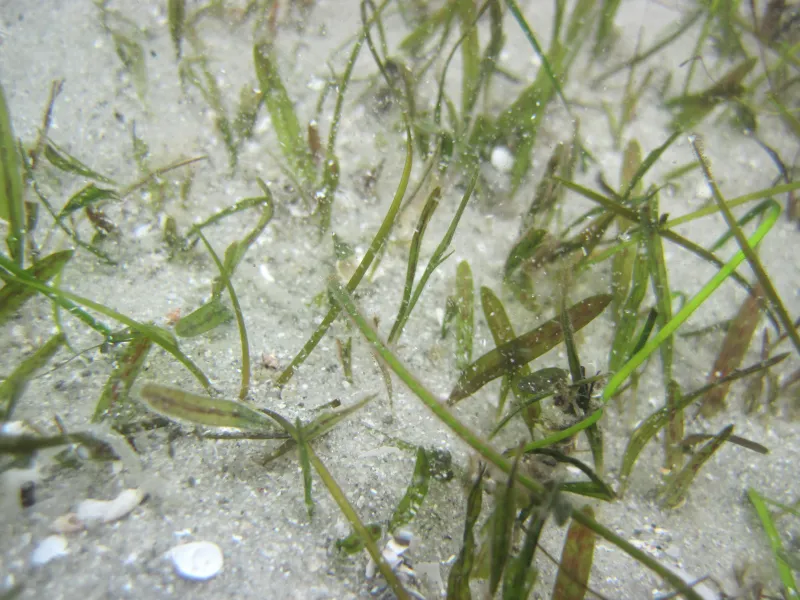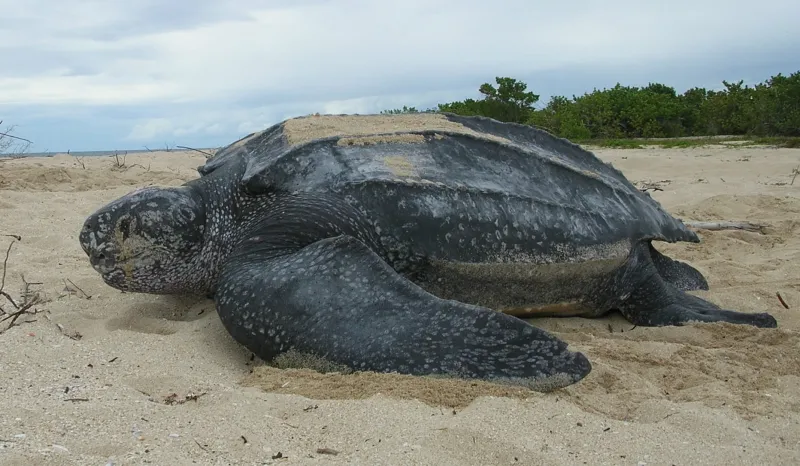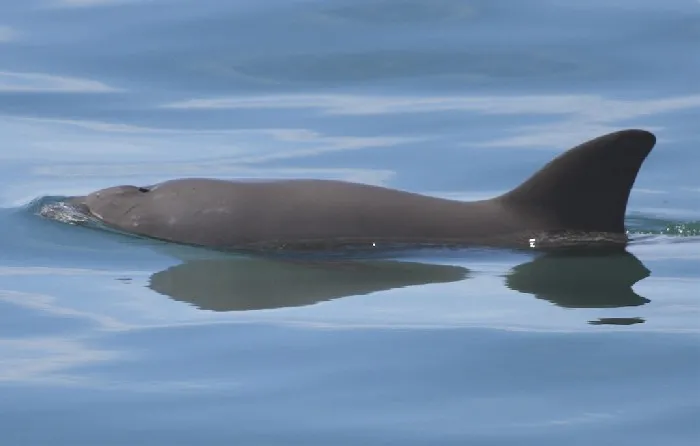The Hawaiian monk seal is extremely endangered, as is the only other remaining monk seal species—the Mediterranean monk seal. Sadly, the third monk seal species, the Caribbean monk seal, is already extinct. Threats to the Hawaiian monk seal include entanglement with fishing gear, lack of food, loss of breeding areas due to erosion, and disease. In the Mediterranean, coastal development and human interactions can displace the seals from their habitat. People have also hunted them for their oil, and to reduce competition with our fishing, as monk seals eat commercially important fish and other animals. Monk seals are incredible divers, reaching depths of more than 200 feet and staying under for up to ten minutes.
Endangered Ocean Animals
The Endangered Species Act (ESA) was signed into law on December 28, 1973 by President Nixon. Over 2,000 species are currently on the ESA, and they are separated into "Threatened" and "Endangered" species. Endangered species are in danger of going extinct, while Threatened species are approaching Endangered status. The U.S. Fish and Wildlife Service manages those animals and plants listed that are found on land and in freshwater, and 137 marine species are managed by NOAA's National Marine Fisheries Service (NMFS). Species that spend only part of their life cycle in the ocean, like salmon and sea turtles, are managed by both! Although marine species only make up around four percent of the the total species on the endangered species list, that doesn't mean that most are doing fine. The ocean can be a difficult place to study and data about the animals there may be lacking.
Many marine species have ranges that extend beyond national borders, and trade in endangered species is a global phenomenon. In these cases, protecting threatened and endangered species is helped by international agreements, such as the Convention on International Trade in Endangered Species of Wild Fauna and Flora (CITES) and the International Whaling Commission. For example, about one-fourth of the ESA listed species are not found in in the U.S. and its waters, but are protected in conjunction with CITES.


